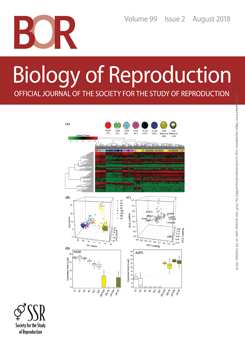Sexual behavior in teleost fish is highly plastic. It can be attributed to the relatively few sex differences found in adult brain transcriptomes. Environmental and hormonal factors can influence sex-specific behavior. Androgen treatment stimulates behavioral masculinization. Sex dimorphic gene expression in developing teleost brains and the molecular basis for androgen-induced behavioral masculinization are poorly understood. In this study, juvenile zebrafish (Danio rerio) were treated with 100 ng/L of 17 alpha-methyltestosterone (MT) during sexual development from 20 days post fertilization to 40 days and 60 days post fertilization. We compared brain gene expression patterns in MT-treated zebrafish with control males and females using RNA-Seq to shed light on the dynamic changes in brain gene expression during sexual development and how androgens affect brain gene expression leading to behavior masculinization. We found modest differences in gene expression between juvenile male and female zebrafish brains. Brain aromatase (cyp19a1b), prostaglandin 3a synthase (ptges3a), and prostaglandin reductase 1 (ptgr1) were among the genes with sexually dimorphic expression patterns. MT treatment significantly altered gene expression relative to both male and female brains. Fewer differences were found among MT-treated brains and male brains compared to female brains, particularly at 60 dpf. MT treatment upregulated the expression of hydroxysteroid 11-beta dehydrogenase 2 (hsd11b2), deiodinase, iodothyronine, type II (dio2), and gonadotrophin releasing hormones (GnRH) 2 and 3 (gnrh2 and gnrh3) suggesting local synthesis of 11-ketotestosterone, triiodothyronine, and GnRHs in zebrafish brains which are influenced by androgens. Androgen, estrogen, prostaglandin, thyroid hormone, and GnRH signaling pathways likely interact to modulate teleost sexual behavior.
Summary Sentence
17α-Methyltestosterone treatment significantly alters gene expression in juvenile male and female zebrafish brains during sexual development.





